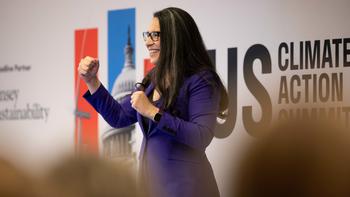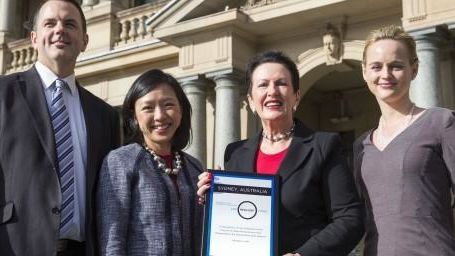The City of Launceston has completed the construction of a new landfill cell at the Launceston Waste Centre, the latest in a series of cells which will serve the region’s waste needs for the next three decades.
Construction started on the new cell last February, and involved the excavation of more than 48,000 cubic metres of earth to a depth of six metres.
The new landfill cell is the largest ever constructed by the City of Launceston and covers an area of 32,000 square meters.
Alongside the cell, improvements have been made to ancillary infrastructure like access roads and leachate transfer systems, bringing the Council’s total investment in the project to more than $10m.
In addition, the new landfill cell has been integrated into the Launceston Waste Centre’s existing methane gas capture system which generates electricity from buried waste and mitigates an estimated 50% of the site’s annual carbon emissions.
The cell itself is lined with three layers of synthetic material: a geo-synthetic clay liner, a polyethylene membrane and a geotextile protection layer.
These layers are designed to meet the highest environmental standards and to prevent leachate from contaminating ground and surface water.
The layers act together to create an impermeable barrier between the content of the landfill cell and the natural environment.
Over the past decade the City of Launceston has introduced a range of sustainability projects designed to increase the lifespan of landfill cells.
These include the roll-out of the state’s largest food and garden organics kerbside collection service, the construction of a dedicated organics processing facility, the construction of a purposebuilt recycling centre, the introduction of recycling bins in parks and public spaces, and the opening of re-use shop Uptipity.
Launceston Mayor Albert van Zetten said the design and construction of landfill cells were among the most technically complex engineering projects overseen by the Council.
“Not only is the construction of a landfill cell an engineering challenge, it also represents a significant financial investment,” Mayor van Zetten said.
“That is why waste diversion has been such a critical focus of this council in recent years. It’s important we extend the lifespan of these cells as much as possible.
“The introduction of services like FOGO and Uptipity has allowed us to extend the lifespan of our existing cells and has provided a range of financial, environmental, employment and social benefits.
The construction of the new landfill cell was carried out as part of the City of Launceston’s Accelerated Capital Works Program, an initiative of the Community Care and Recovery Package, Tasmania’s largest local government response to the COVID-19 pandemic.






